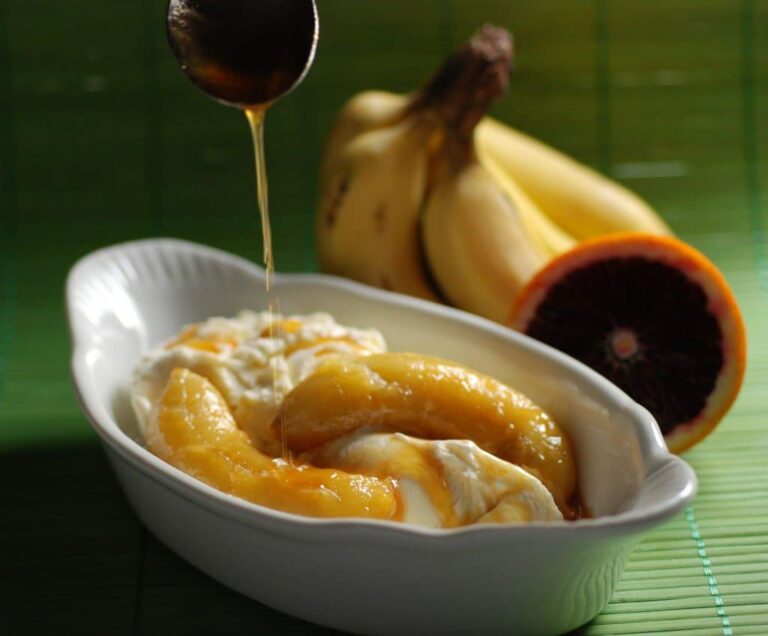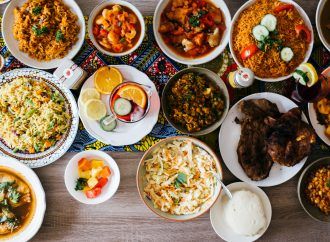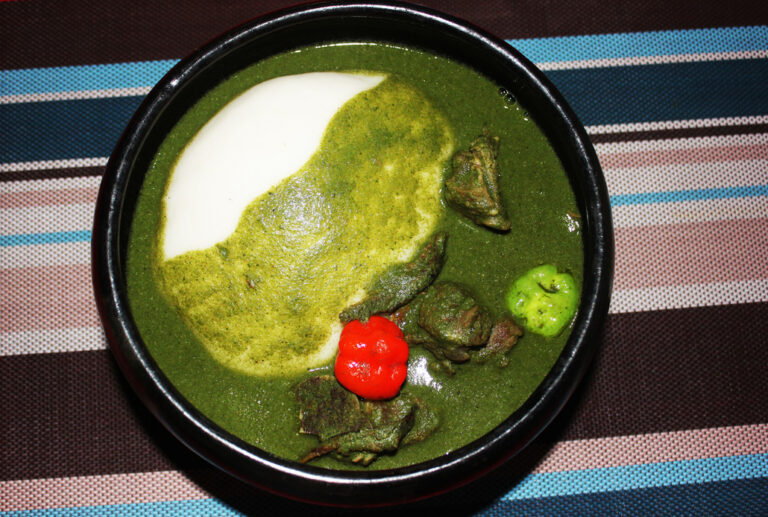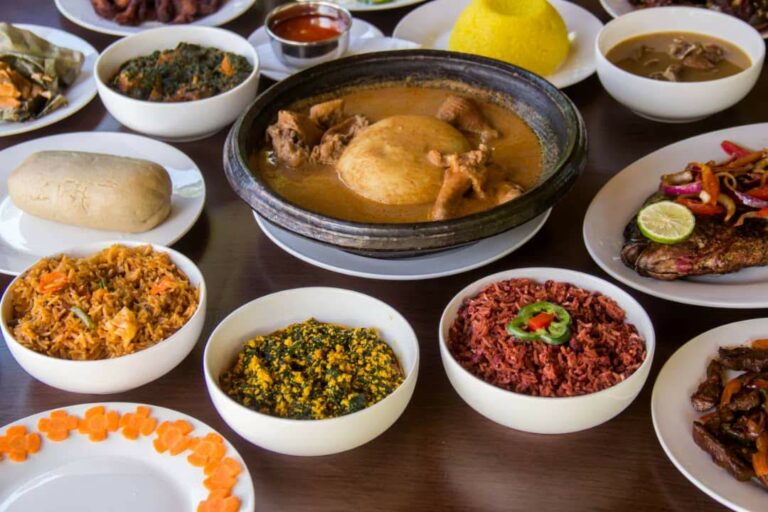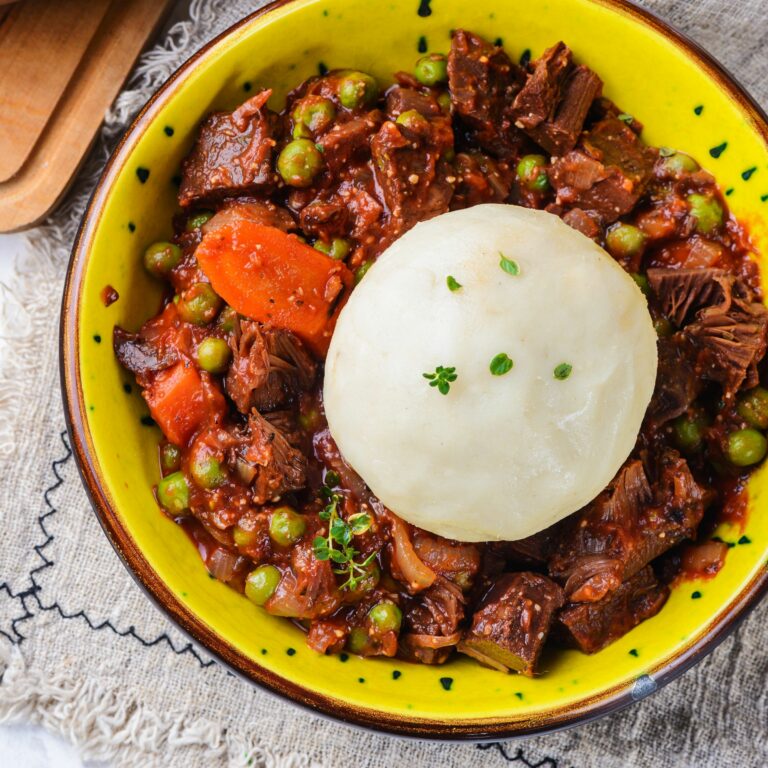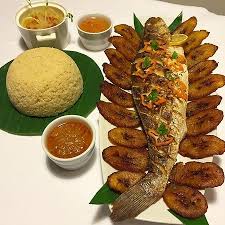Introduction: The Rich Culinary Culture of Benin
Benin is a country located in West Africa, known for its vibrant cultural heritage and diverse culinary traditions. Beninese cuisine is characterized by the use of local ingredients and spices, resulting in dishes that are both flavorful and nutritious. Salads are a popular option in Benin, as they offer a healthy and refreshing alternative to heavier meals.
Beninese salads are a perfect example of how the country’s cuisine has evolved over time, incorporating a mix of African, French, and Portuguese influences. These salads are made using a variety of ingredients, ranging from leafy greens and proteins to fruits and vegetables. In this article, we will explore the typical ingredients used in Beninese salads and how they come together to create a delicious and healthy dish.
Salads in Benin: A Delicious and Healthy Option
Salads are a staple in Beninese cuisine and are often served as a side dish or a light meal. They are a great way to incorporate fresh vegetables and fruits into the diet, providing essential vitamins and minerals. Beninese salads are also a popular option among health-conscious individuals, as they are low in calories and high in fiber.
Moreover, salads are an excellent option for those following a vegetarian or vegan diet, as they can be made without any meat or dairy products. Beninese salads are often seasoned with a variety of herbs and spices, giving them a unique flavor that is both bold and refreshing.
The Ingredients: From Leafy Greens to Spicy Dressings
Beninese salads are made using a combination of fresh ingredients, ranging from leafy greens and proteins to fruits and vegetables. The salads are then dressed with a variety of sauces and spices, giving them a distinct flavor.
Leafy Greens: The Foundation of Beninese Salads
Leafy greens, such as lettuce, spinach, and arugula, are the foundation of Beninese salads. These greens are packed with vitamins and minerals, making them a nutritious addition to any dish. They are often paired with other vegetables and fruits to create a colorful and flavorful salad.
Proteins: A Variety of Options to Choose From
Proteins, such as boiled eggs, grilled chicken, or fish, are often added to Beninese salads to make them more filling and satisfying. Beans, lentils, and peanuts are also common protein sources in Beninese cuisine, and they are often used in salads as well.
Fruits and Vegetables: Adding Flavor and Color to Salads
Fruits and vegetables, such as tomatoes, cucumbers, carrots, and mangoes, are commonly used in Beninese salads. These ingredients add flavor and color to the dish, making it more appealing and appetizing.
Dressings and Spices: The Secret to a Perfect Salad
Dressings and spices are essential components of Beninese salads, as they add flavor and enhance the overall taste of the dish. Common dressings include vinaigrettes, made with oil and vinegar, and creamy sauces, made with yogurt or mayonnaise. Spices like ginger, garlic, and chili peppers are often used to give the salads a kick of heat.
Conclusion: Beninese Salads, A Healthy and Flavorful Delight
Beninese salads are a testament to the country’s rich culinary culture, incorporating a variety of fresh ingredients and spices to create a delicious and healthy dish. Whether served as a side or a main course, these salads are a perfect option for those looking for a nutritious and flavorful meal. By using a combination of leafy greens, proteins, fruits, and vegetables, Beninese salads offer a well-balanced and satisfying meal that is sure to please any palate.

